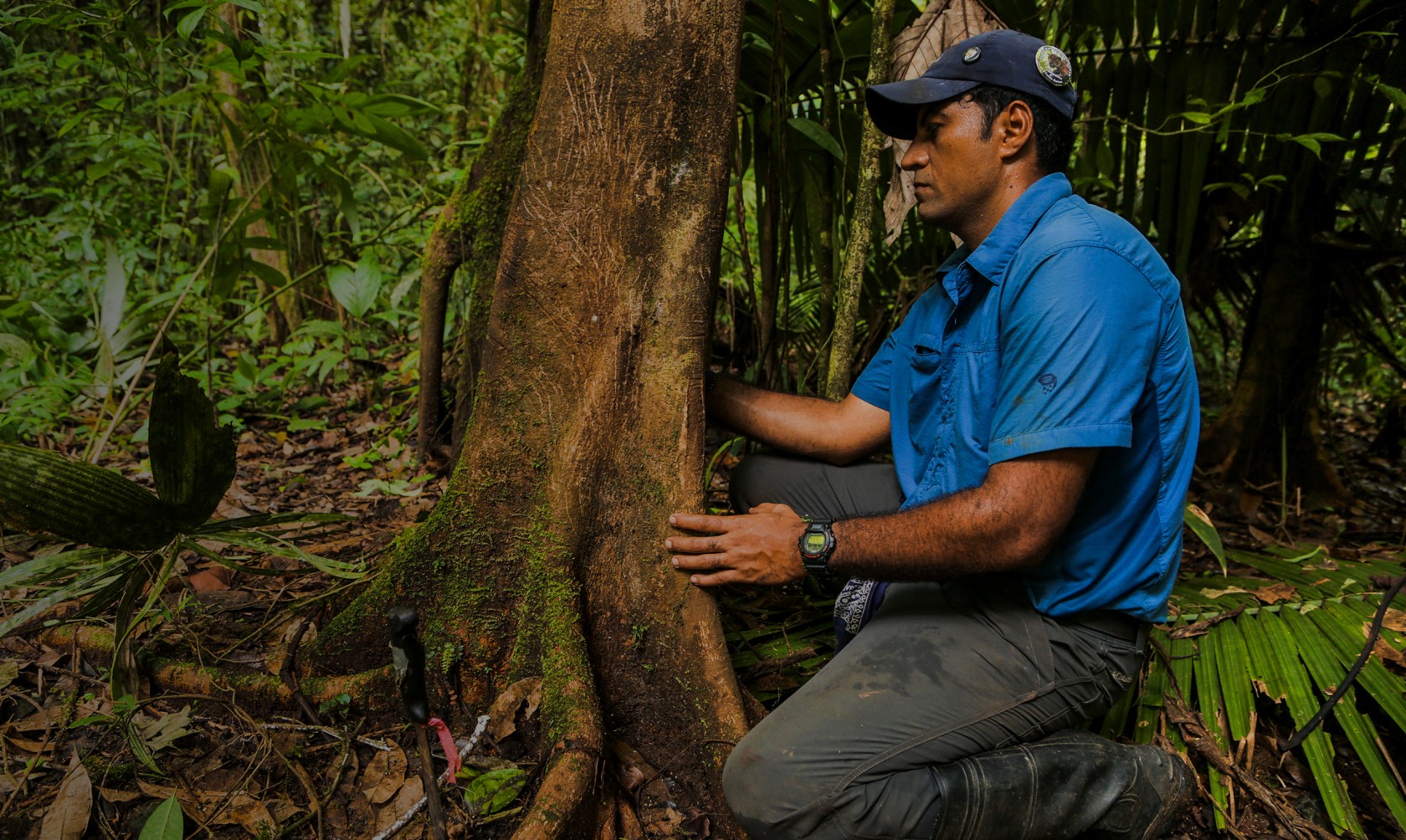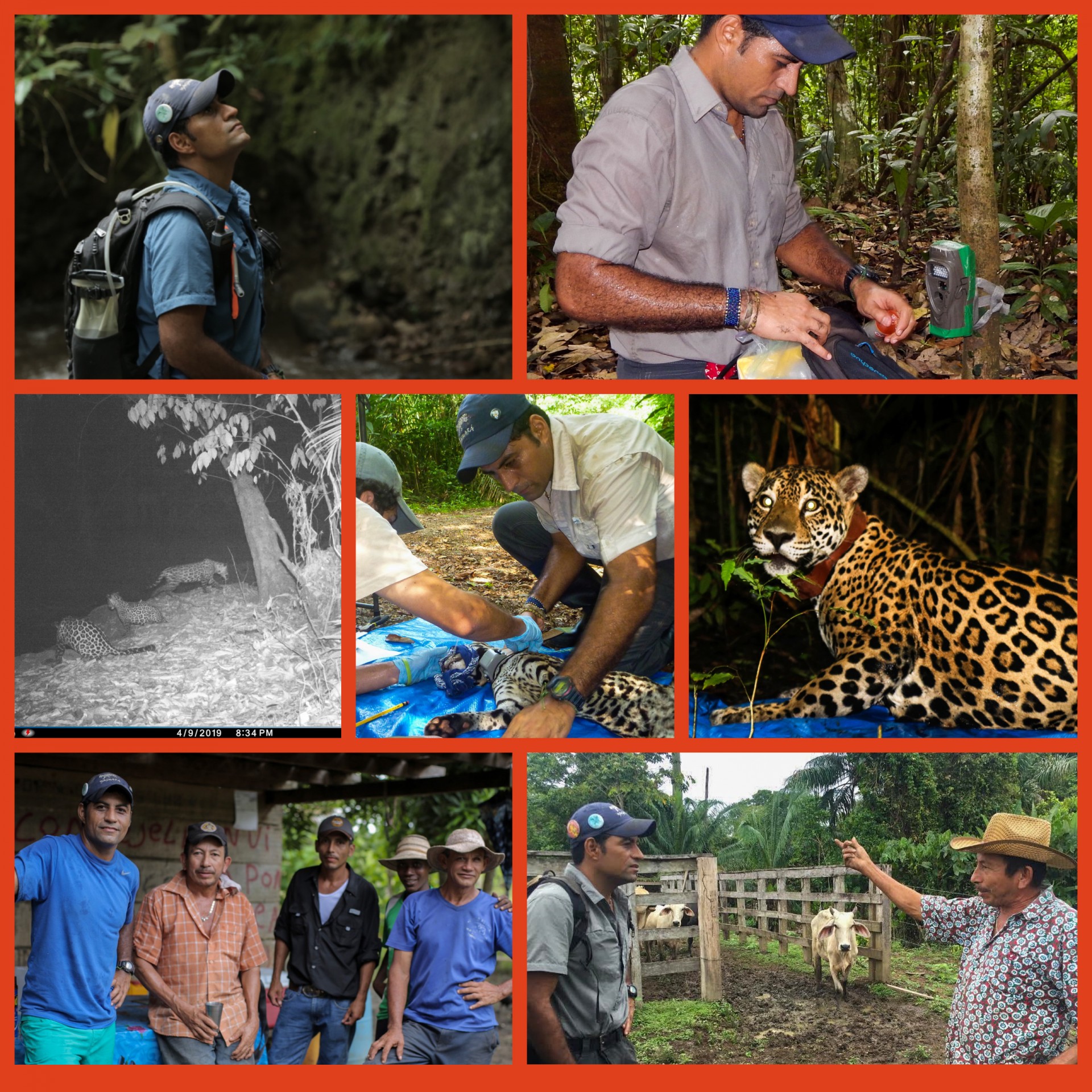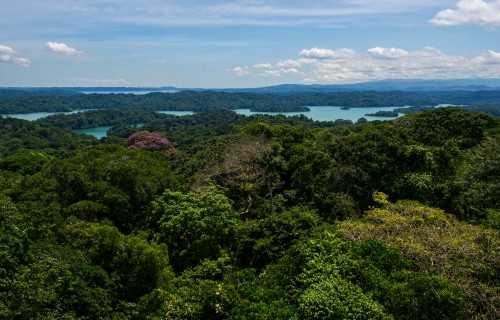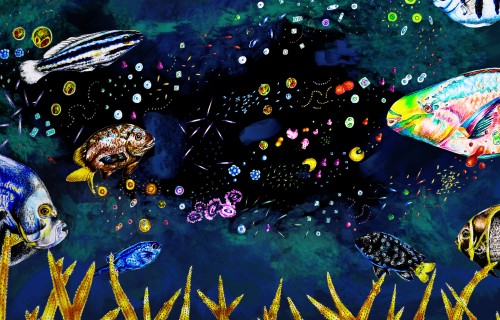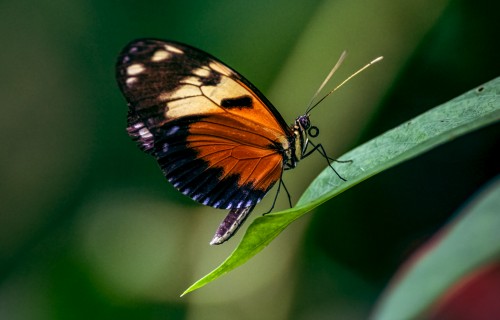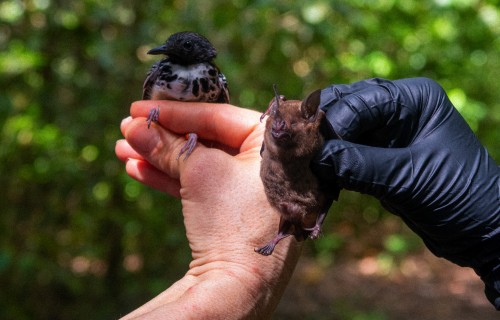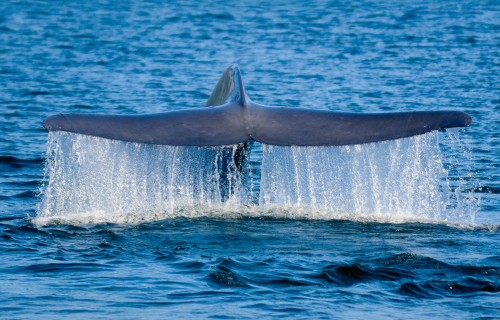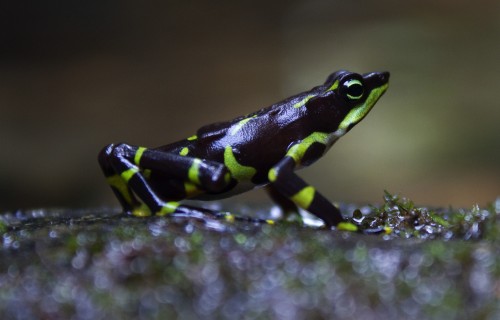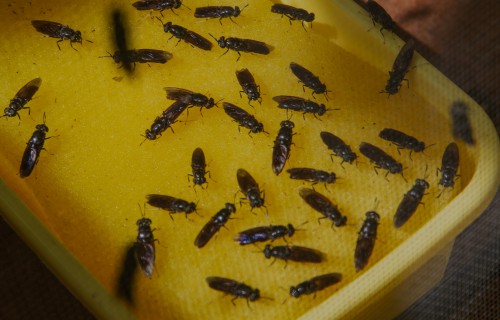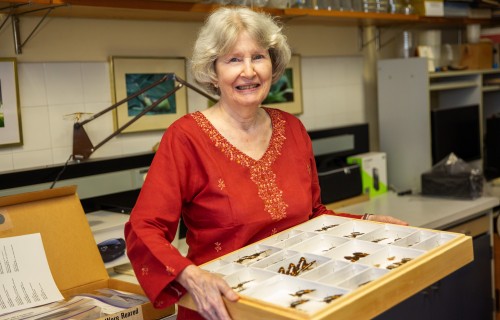Smithsonian science helps understand blue whale migratory and foraging patterns to inform conservation strategies
Ricardo
Moreno
How can humans
and jaguars coexist?
Text by Vanessa Crooks
From tracking the movements of large felines across the continent to helping rural communities reap the benefits of protecting biodiversity, director of Yaguará Panamá Foundation Ricardo Moreno turned his childhood dream into a mission.
The jaguar (Panthera onca) is the biggest feline native to America, and the third largest in the world after the tiger and the lion. As key predators, they maintain a balance in the ecosystem by regulating populations of other species. Jaguars can be found anywhere from southern parts of the U.S. to Argentina; Panama, as a bridge between Norte and South America, is part of the Mesoamerican biological corridor, or the “jaguar corridor”.
But jaguar populations in the continent are diminishing, and it is now a critically endangered species; the greatest threats to their survival are loss and fragmentation of habitat, diminishing preys, getting struck by vehicles, poaching, illegal captivity, illegal trafficking of pelt and other parts, and misinformation. In Panama, jaguars are often killed by cattle ranchers, a short-term solution to deter them from preying on the cattle.
Wildlife biologist and STRI research associate Ricardo Moreno has dedicated more than 20 years of his career to the jaguars’ protection and to biodiversity conservation. To reduce the human-jaguar conflict, he started Yaguará Panama Foundation in 2006, a non-profit organization, to educate and work with people and communities that coexist with jaguars and develop environmentally sustainable economic activities such as ecotourism to help preserve the species and habitats.
Through Yaguará Panamá Foundation, Ricardo Moreno uses scientific information and technology to educate people and prove that, not only can humans coexist with jaguars, but that jaguars are a very important part of the ecosystem. Credit: Courtesy Ricardo Moreno, Mauro Colombo, Leonardo Pretelt, Jason Isabelle, Elliot Brown, Josue Ortega, Yaguará Panamá Foundation.
Moreno and fellow researchers track and monitor jaguars and other large felines’ movements and behavior with GPS collars and camera traps, to identify potential interactions with humans, and therefore where conflicts might arise and how to diminish them.
In the case of jaguar-cattle conflicts, Yaguará helps cattle ranchers implement tried-and-true systems such as installing solar-powered electrical fencing for cattle enclosures and putting collars with bells and lights on cows to startle and keep jaguars away.
Yaguará also spreads knowledge and awareness by training environmental developers and creating projects to engage communities in animal conservation, offering seminars, webinars and workshops, publishing scientific papers, and through media campaigns and interviews. Moreno himself has published over 120 scientific articles, participated in international conferences, and appeared in documentaries for National Geographic, Smithsonian Channel and more.
He still feels disheartened when he hears news of another jaguar killed, but he continues working and encouraging others to do the same.
“Jaguars need to be out there, to fulfill their role in nature, help us and the environment,” he says. “We must respect the jaguar’s territory and hunting instinct.”
